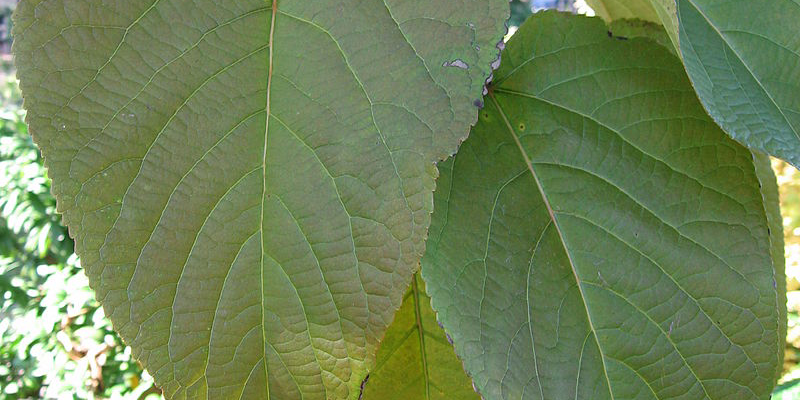
New research shows nitrogen-fixing bacteria living in the leaves of poplar trees could provide natural fertilizer for wide range of crops. Claire Robinson reports
An article in the journal Science reports new research showing that bacteria living in the leaves of poplar trees fix nitrogen from the air, providing the tree with a natural form of nitrogen fertilizer to support rapid growth.
What’s more, the research has found that a number of crops grow better when doused with a broth containing the bacteria from poplars, including rye, turf grass, maize, cottonwood, tomato, and rice.
That’s considered a radical notion because scientific dogma has long considered that nitrogen fixation happens primarily in nodules on the roots of legumes and a few other plants.
The lead researcher, Sharon Doty from the University of Washington, Seattle commented on the resistance among the scientific establishment to findings that challenge that paradigm: “We are completely fighting dogma.”
A second researcher, Carolin Frank from the University of California, has found evidence of nitrogen fixation in the needles of limber pine and Englemann spruce. The Science article comments, “If these bacteria prove to be widespread, they could be used to boost crop production on marginal soils.”
These findings are another nail in the coffin of GMO pushers, because they show that attempts to genetically engineer non-nitrogen-fixing crops to try to make them into nitrogen fixers are completely unnecessary.
In addition, GM lags behind conventional breeding in producing crop varieties with high nitrogen use efficiency in field conditions, according to Dr Doug Durian-Sherman in a report for the Union of Concerned Scientists. The report concludes that the prospects for GM contributing substantially to improved nitrogen use efficiency are “uncertain”.
Gates Foundation wastes time and money on GM approaches
In 2012 the Gates Foundation gave $9.8 million to the John Innes Centre research institute in the UK to try (yet again) to produce nitrogen-fixing cereals, such as wheat, using GM. That venture now looks like an even greater waste of time and money than it did back then.
Nonetheless, we need to keep an eye on Doty and Frank’s discoveries to ensure that GMO pushers don’t hi-jack them – for example, to genetically engineer the helpful bacteria to produce even more nitrogen, thus making them patentable.










